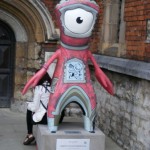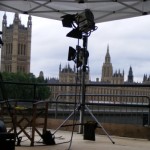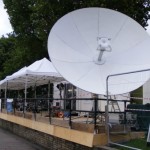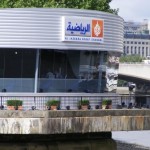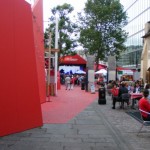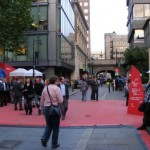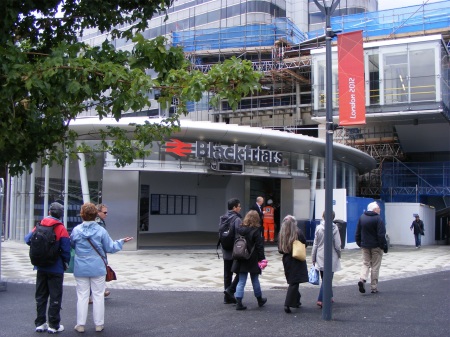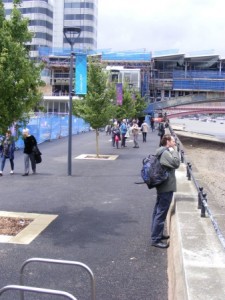The bridge over St Saviour’s Dock in London’s Southwark is expected to be closed next week from Monday 20 to Friday 24 August.
This is to allow for path repair.
The dock is the boundary between Bermondsey downstream and Butler’s Wharf leading to Tower Bridge.
If the gate is closed the alternative route is down Mill Street to Dockhead. Across the main road is Dockhead Stores and to the left is Holy Trinity Church.
Go right to enjoy the view down the dock. Then right again into Shad Thames which within living memory had a lingering smell of spice.
Just beyond Tea Trade Wharf (left) go right at the Design Museum to return to the riverside path.
